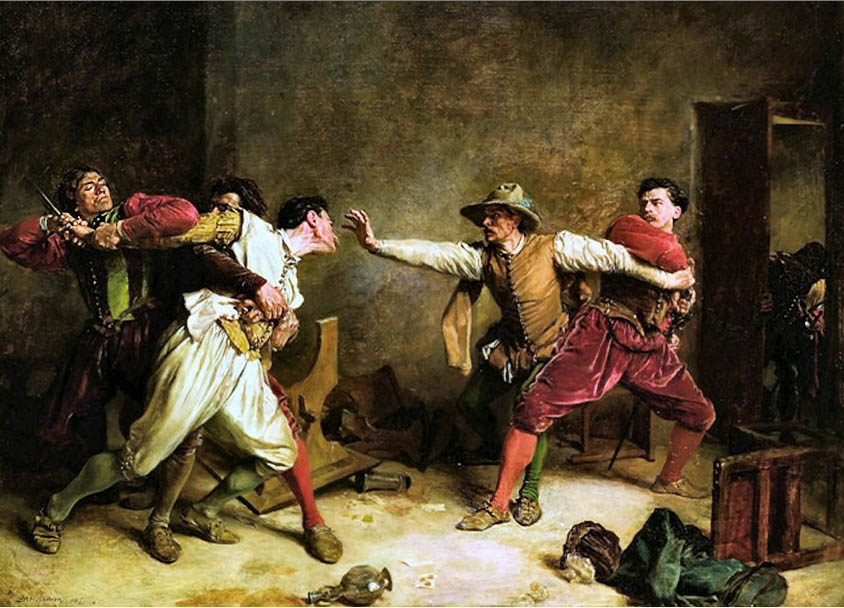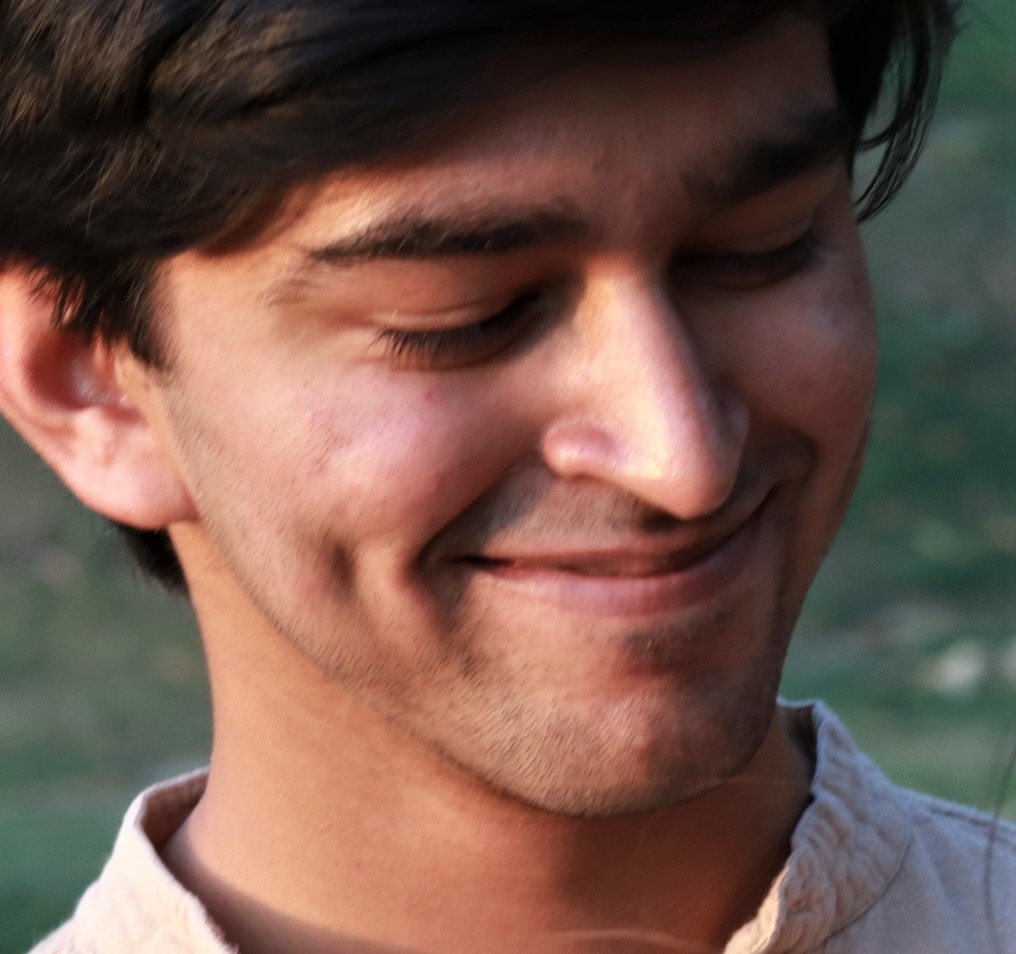
Image: Ernest Meissonier’s painting “The Brawl” (La Rixe)
Abstract
In this paper, I discuss the basic feature of human communication that makes the study of offensive expressions difficult. I argue for the need to acknowledge the distinction between expressions and ideas for an effective study of pejorative language. Following this, I propose that unintended offensive expressions are examples of failed communication. Finally, I argue that speakers cannot be held accountable for the offense caused in failed communications
Introduction
Since offensive expressions insinuate derogatory remarks about a certain party (individual or community), their usage is generally condemned. One can argue that pejorative language causes mental distress that leads to degradation of self-worth and social alienation. In most cases, the effects of pejorative language manifest themselves as hindrances in acquiring new skills, loss of productivity and a general inability to fully realize an individual’s potential. In certain extreme cases, frequent exposure to derogatory and condescending remarks can even lead to suicidal tendencies amongst people. Therefore, even in the strictest sense of Mill’s harm principle, the censorship of offensive language is an area that requires sincere deliberation. However, analysis of any speech involving pejorative language is often rendered difficult due to the complexities of human communication.
In my paper, I will first explore the causes of the complexities which make the study of offensive language difficult. I will then establish the distinction between ‘expressions’ and ‘ideas’ and explain the importance that this distinction plays in the context of offensive language. Finally I will argue for an objective mode of analyzing offensive language which eliminates ambiguity by effectively resolving the discussed complexities. I intend to simplify the study of pejorative language without being ignorant towards the practicalities of human communication.
...................
To read further CLICK HERE
...................
References
- 1. “A Thinker based Approach to Freedom of Speech.” Accessed April 29, 2020. https://conservancy.umn.edu/bitstream/handle/11299/163435/3-SeanaShiffrin-272-ThinkerBasedApproach3.pdf;sequence=1.
- 2. Scanlon, T. M. Freedom of Expression and Categories of Expression. Pittsburgh, PA: publisher not identified, 1979.
- 3. University of Notre Dame. “Bad Words: Philosophical Perspectives on Slurs // Notre Dame Philosophical Reviews // University of Notre Dame.” Notre Dame Philosophical Reviews, July 2, 2019. https://ndpr.nd.edu/news/bad-words-philosophical-perspectives-on-slurs/.
